If box office figures can be taken as any indication, most of you have already seen Rogue One. I suspect many of you will wind up seeing it again over the holidays. If anyone was expecting Disney’s domination of nostalgia-driven film marketing to misstep, 2016 has not been the year. Rogue One expands the already robust Star Wars universe, plugging a particularly glaring plot hole from the original trilogy while reinforcing the mythology that turned George Lucas’ low-budget space opera into one of the most profitable franchises in film history. In short, this film accomplishes exactly what it set out to achieve, and audiences predisposed to another dose of Star Wars after last year’s The Force Awakens will not be remotely disappointed.
Even with a running time extending beyond the two-hour mark, Rogue One is a tightly paced action spectacle with very little lag. Following the efforts of heroine Jyn Erso to steal the schematics to the Death Star that would provide the narrative momentum of A New Hope, the film adheres to the classic tropes established in the better installments of the franchise, throwing together a band of misfits and outcasts in the service of the Rebel Alliance’s quest to overthrow the Empire. The dramatic stakes are just as black and white as always, but the film’s depictions of good and evil allow for more gray area than any of the previous Star Wars films, contributing a level of enhanced tonality absent from Luke Skywalker’s prototypic Hero’s Journey.
The cast performs admirably, with Felicity Jones’ turn as Jyn likely to inspire thousands of Halloween costumes in years to come. Mads Mikkelsen and Forest Whitaker are characteristically impressive as Jyn’s biological and adoptive fathers, respectively. Diego Luna is perfectly proficient as Jyn’s foil, Cassian Andor, while Donnie Yen and Wen Jiang steal several scenes with their kung fu Jedi odd-couple act. Ben Mendelsohn is suitably slimy as the Death Star mastermind and commander, Orson Krennic. And it’s a rare pleasure to hear James Earl Jones voicing Darth Vader once again. But the real standout, surprisingly and somewhat improbably, is Alan Tudyk as reprogrammed Imperial droid K-2SO, whose sarcastic one-liners and spot-on comedic timing provide some much-needed relief from what would otherwise have been a pretty dour picture.
Director Gareth Edwards develops a sense of scale throughout the proceedings, with the Death Star eclipsing a sun to convey not only its physical stature but also the true extent of its metaphysical menace. Edwards also knows his way around a fight scene, packing plenty of action and atmosphere into his CG-besotted galaxy and seeming equally at ease both with massive space battles as well as allowing Yen to dispatch Imperial troops via more traditional methods. His sets feel distinctive and original, whether revisiting the pseudo-Mesoamerican pyramids that make up the rebel base on Yavin 4 or establishing the Jedi holy city of Jedha as a Mecca-like pilgrimage site — while also referencing the contemporary destruction of such real-world religious relics as the Buddhas of Bamayan or, more recently, the Ziggurat of Nimrud.
Yes, Rogue One is very good, but it has enough drawbacks that I can’t quite call it perfect. These aren’t deal breakers on par with Jar Jar Binks or the insertion of digital dewbacks, but they warrant a mention. Particularly ill-conceived and poorly executed is the return of Peter Cushing as Grand Moff Tarkin. Or, to be more precise, the computer-animated ghost of the late Peter Cushing. Extensive scenes featuring this monstrosity of the uncanny valley indicate that the technology for reintroducing dead actors for posthumous performances is just not where it needs to be for integration in live-action cinema, and the results are immediately off-putting. But there are larger systemic problems with the script, which feels overstuffed in spite of its length and often serves spectacle at the expense of characterization. Jyn’s character arc seems unduly compressed, and there are the distinct remnants of interesting story beats left on the cutting room floor during substantial rewrites.
Rogue One is a particularly dark film thematically, the first Star Wars movie to feel like an actual war film. If there is indeed such a beast as a “hard PG-13” film, this would be an excellent case in point as the level of violence is remarkably high for a movie likely to be seen by a broad swath of children under the advised age. However, that violence is relatively bloodless and doesn’t go beyond anything on display in the majority of action-oriented media aimed at kids, so it’s likely that parents will have more of an aversion to the film’s substantial body count than their children, who are unlikely to bat an eye. If Return of the Jedi and Episode I were the nadir of the Star Wars films in terms of excessive pandering to children, Rogue One represents the zenith of emphasizing appeal to adults. While it may occasionally feel like an overreaction, this movie is undeniably worth watching if only for the chance to see Darth Vader massacre a bunch of red shirts. But then again, we all know you’ve already seen it at least once. Rated PG-13 for extended sequences of sci-fi violence and action.
Now Playing at Carmike 10, Carolina Cinemark, Grail Moviehouse, Regal Biltmore Grande, UA Beaucatcher, Epic of Hendersonville, The Strand Waynesville, Co-Ed Brevard.



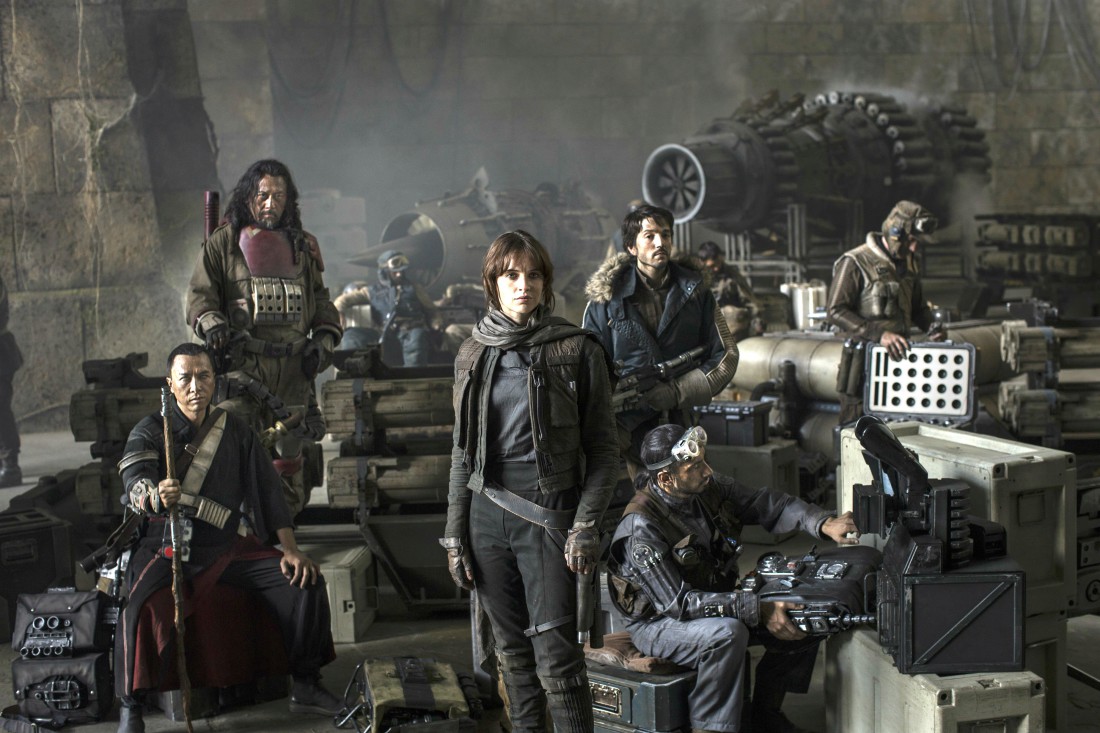
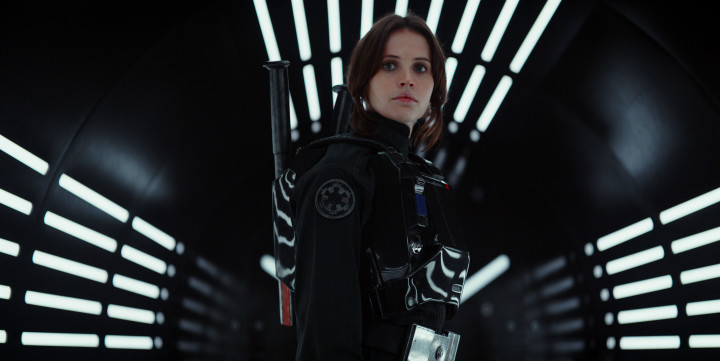
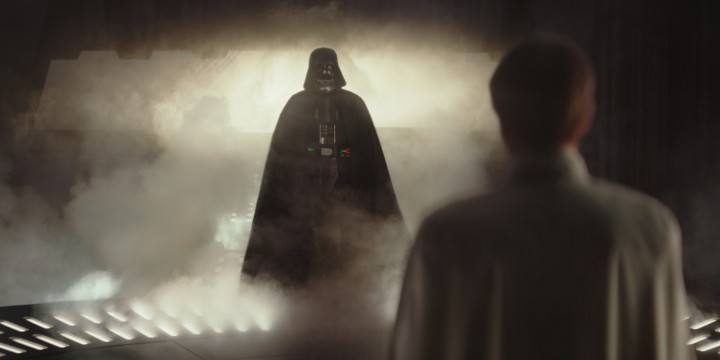
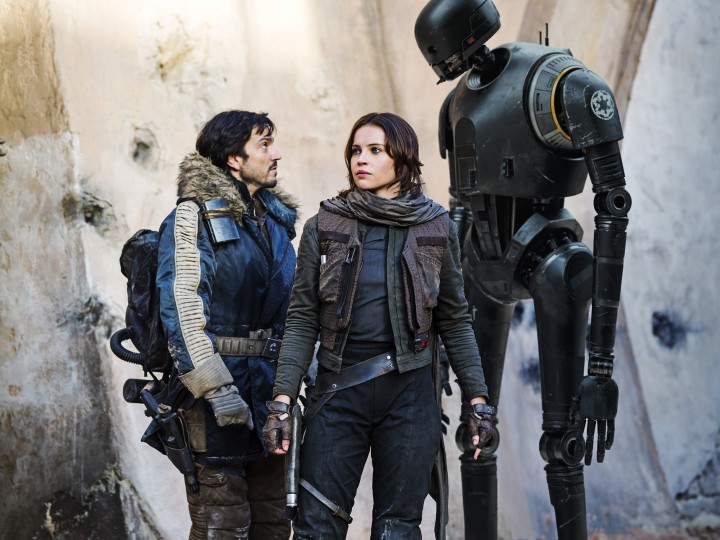
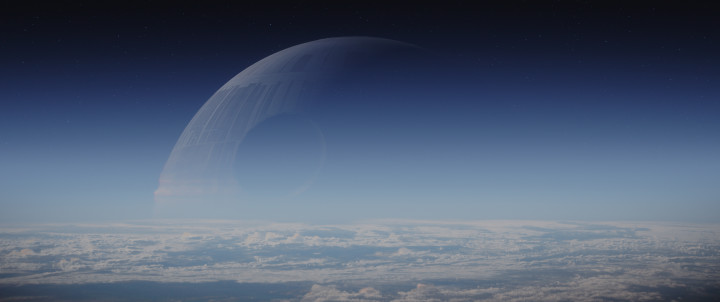
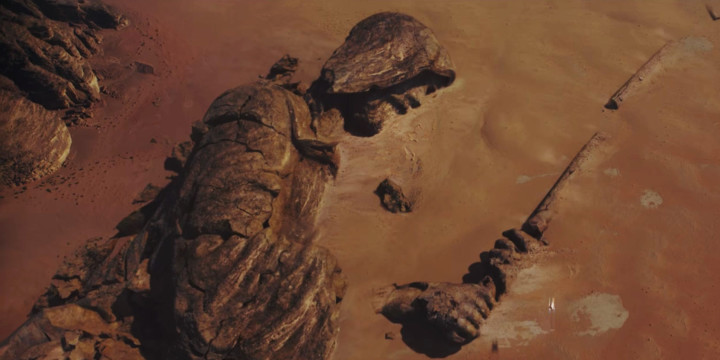
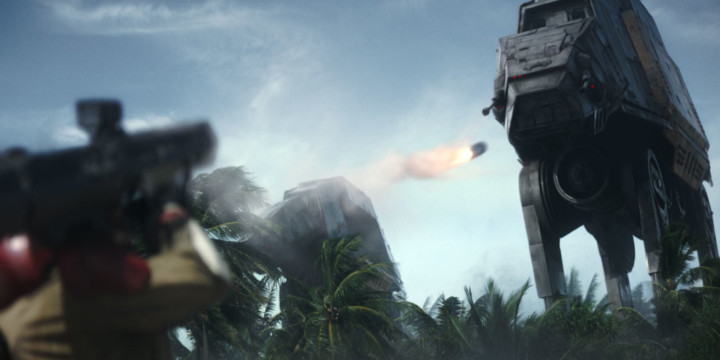
Before you comment
The comments section is here to provide a platform for civil dialogue on the issues we face together as a local community. Xpress is committed to offering this platform for all voices, but when the tone of the discussion gets nasty or strays off topic, we believe many people choose not to participate. Xpress editors are determined to moderate comments to ensure a constructive interchange is maintained. All comments judged not to be in keeping with the spirit of civil discourse will be removed and repeat violators will be banned. See here for our terms of service. Thank you for being part of this effort to promote respectful discussion.